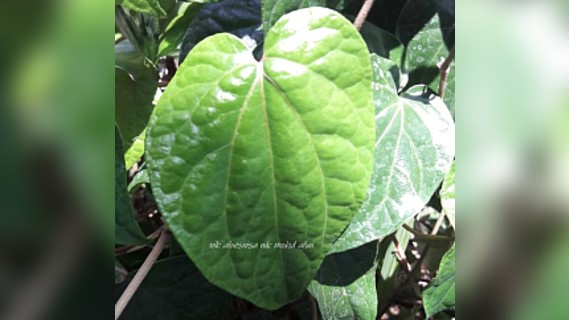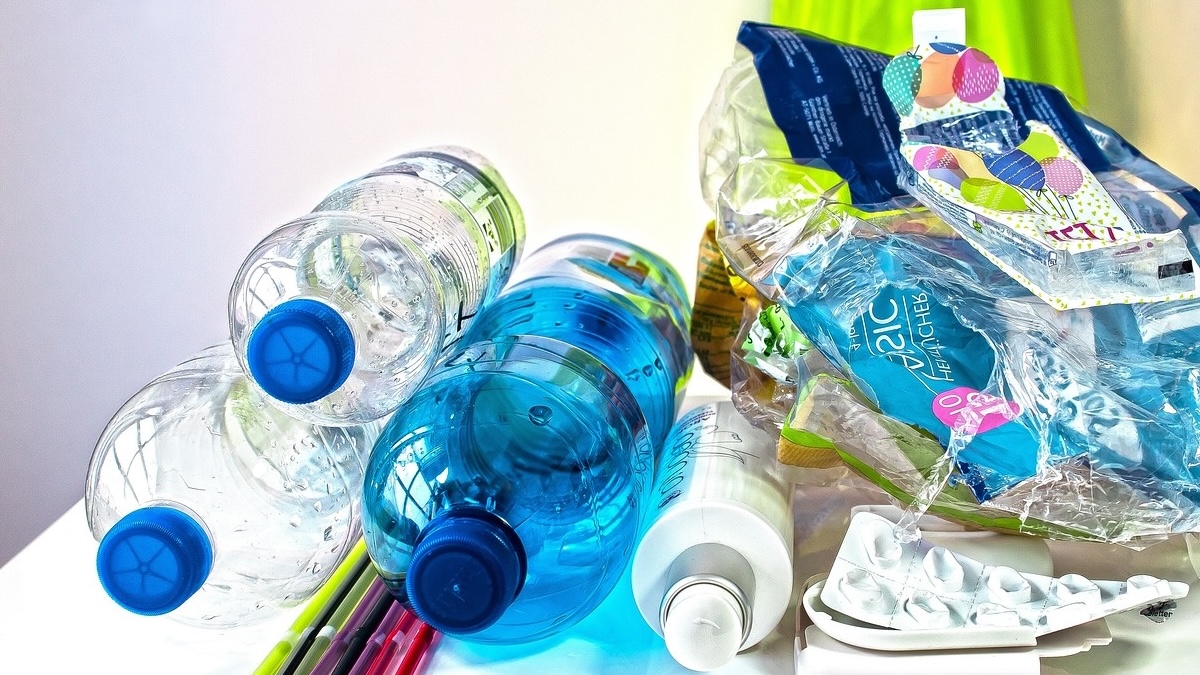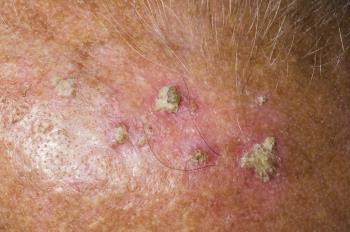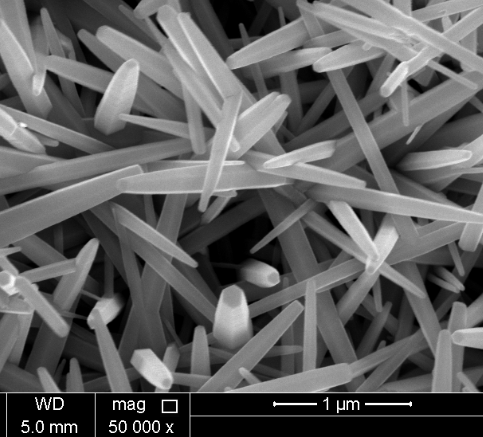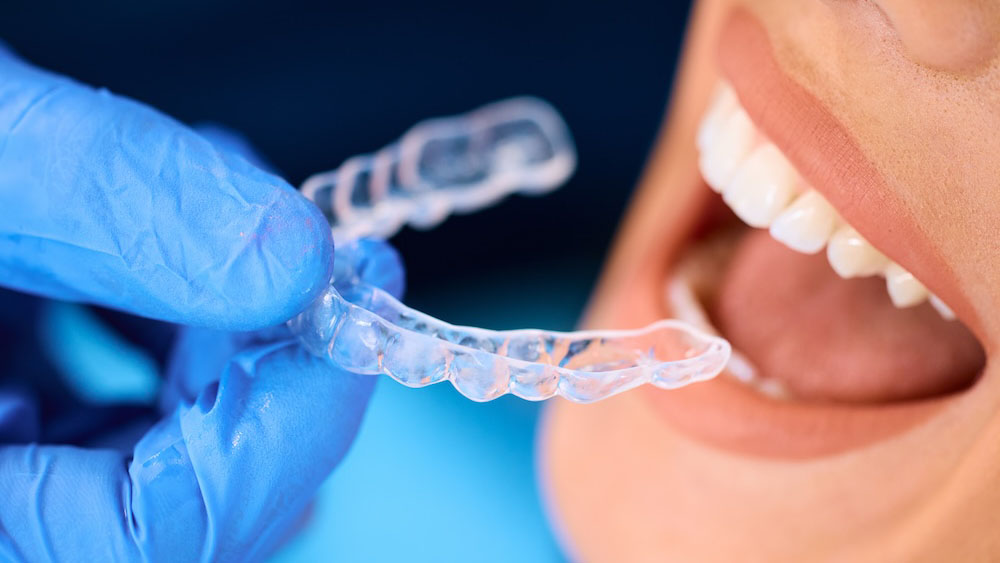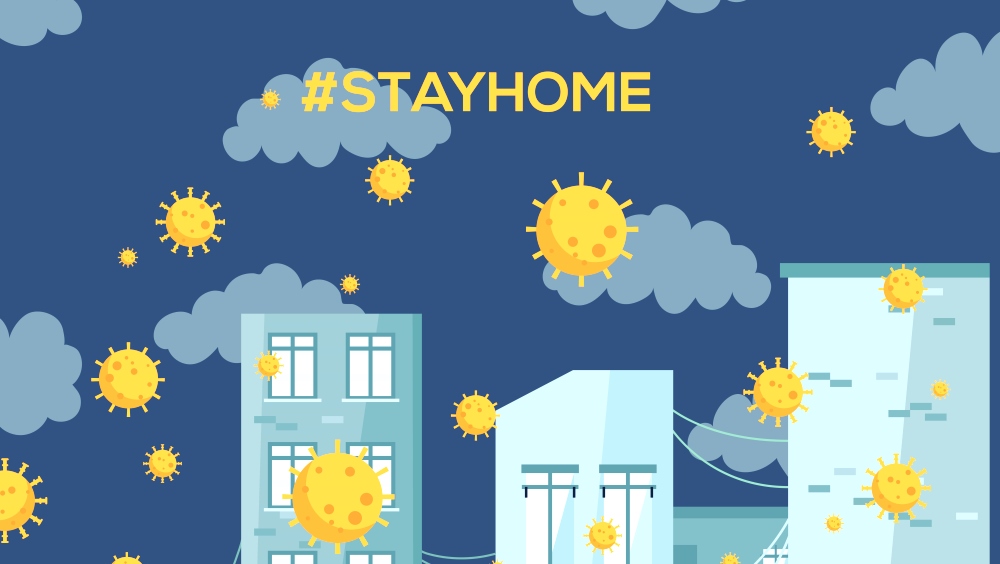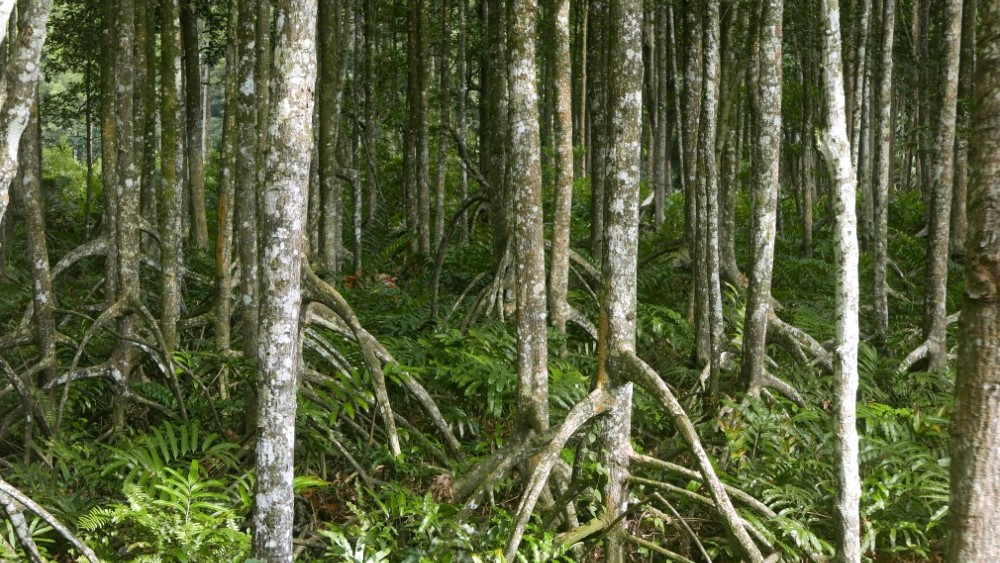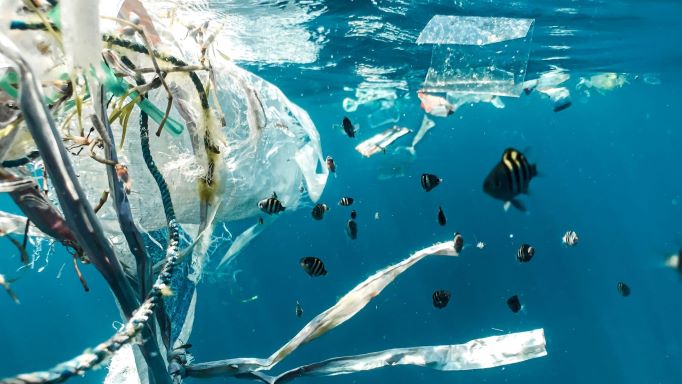WITHOUT sunlight we are dead. Plants can’t grow and we don’t get the oxygen that we need from plant’s photosynthesis that produces oxygen. But sometimes we curse nature when there’s too much sunlight, in particular, the ultraviolet (UV) component of sunlight. UV radiation has been blamed for many skin problems including sunburn, skin aging and even skin cancer.
But, shouldn’t the ozone layer be doing its job to block the UV radiation from entering earth surface? Well, the ozone layer actually blocks the fatal part of the UV namely the UVC range that is in the 100-180 nanometer wavelength. However, the other two regions (UVB and UVA) that range from 180-400 nanometer wavelength are not blocked by the ozone layer. So, all of us, plants and animals on earth are exposed to UVB and UVA whether we like it or not.
According to a report by World Health Organisation (WHO), a 10 per cent depletion of stratospheric ozone can cause an increase of 300,000 non-melanoma and 4500 melanoma skin cancers and between 1.6 to 1.75 million cases of cataracts worldwide every year and it is due to over-exposure to UV radiation that escapes the earth’s ozone layer. This is not good news.
The best type of ZnO particles that can block UV radiation (and kill skin bacteria) are the ones possessing a rod shape and also those that are nano sized.
To protect our skin, we use umbrellas, sunblocks, skin lotions with UV agents or just stay indoors. Talking about UV agents, only two inorganic oxides that are approved by FDA namely zinc oxide (ZnO) and titania, and ZnO is the only agent safe for babies below 6 months. You can find ZnO being used in baby creams and in baby powder. This is to treat diaper rash and skin problems. If it is fine with babies, it will definitely be alright for children and adults.
The best type of ZnO particles that can block UV radiation (and kill skin bacteria) are the ones possessing a rod shape and also those that are nano sized.
These ZnO nanorods are very powerful in blocking UV radiation such that even a few grams of them is sufficient to completely block UV radiation if they were sprinkled on your umbrella. It is what we call a UPF 50+ ratings. Even normal ZnO powder can block UV if applied on your umbrella – go ahead and give it a try.
|
|
Photoaged skin is characterized by fine and coarse wrinkling, irregular pigmentation, lentigines (large frecklelike spots), roughness, and a yellowish color. Image provided by Barbara A. Gilchrest, MD. |
|
|
This photo shows an irregular reddish patch with adherent yellowish tan scale. DR P. MARAZZI/SCIENCE PHOTO LIBRARY |
|
|
Scanning electron microscope micrographs showing ZnO nanorods fabricated in my lab. |



